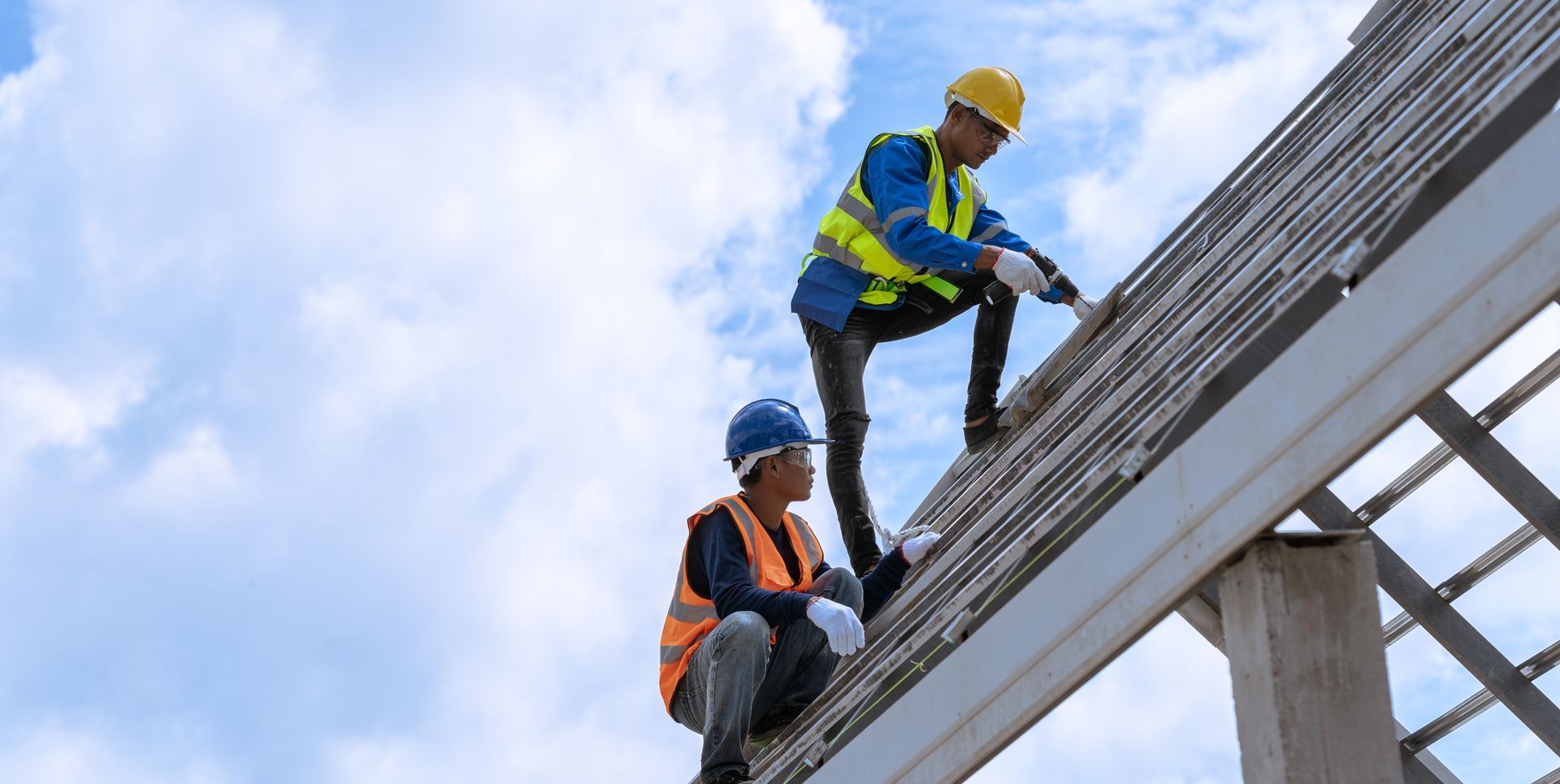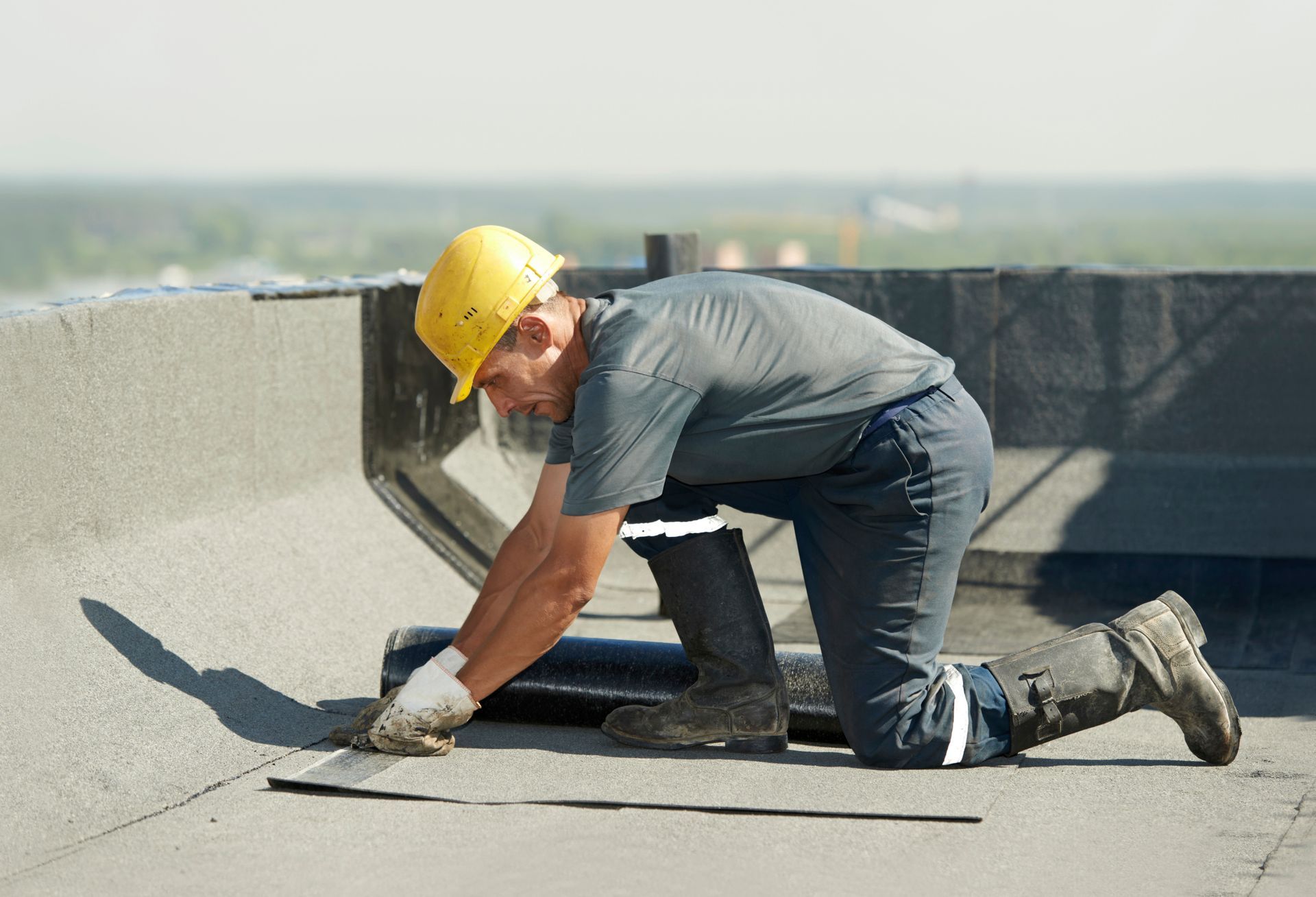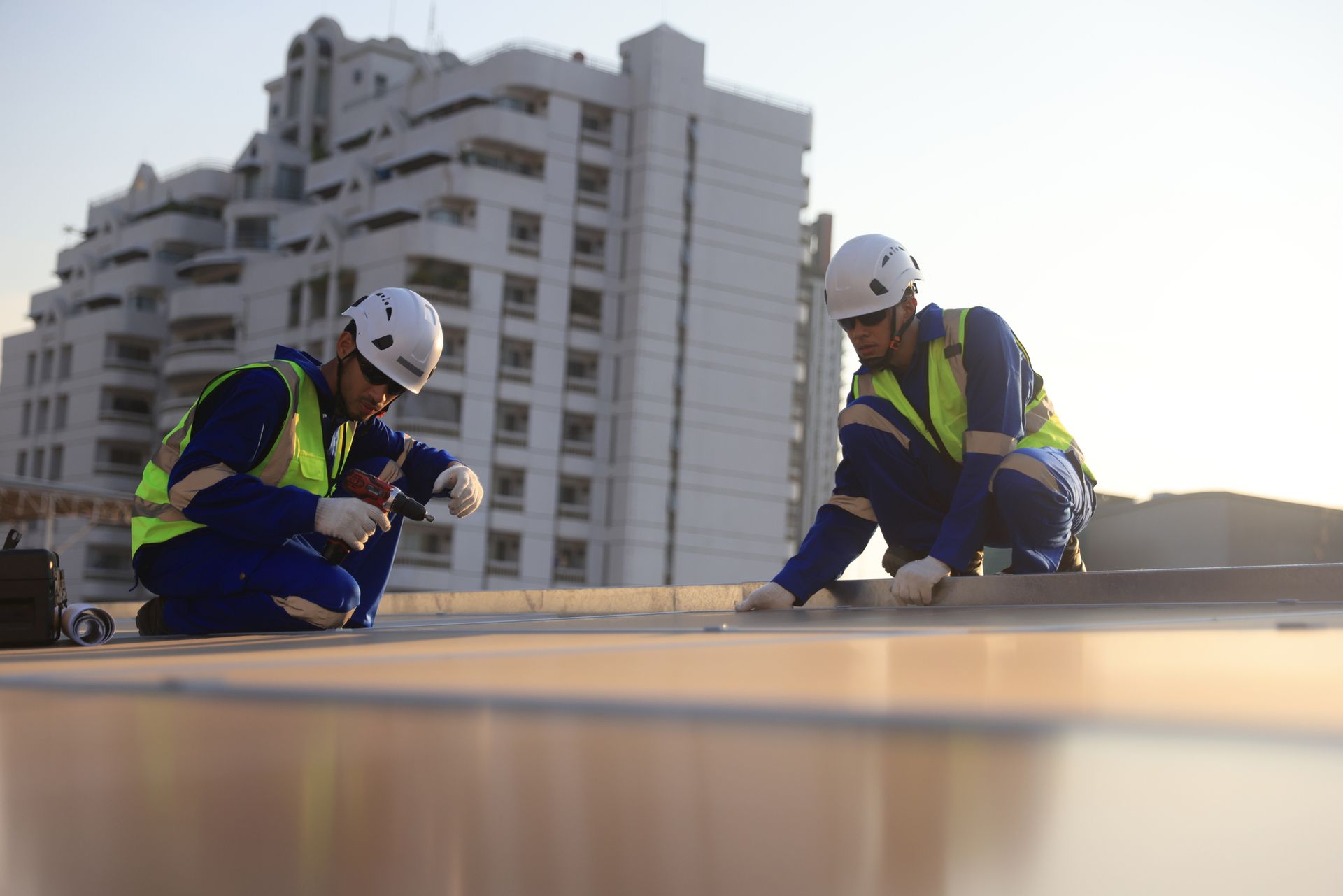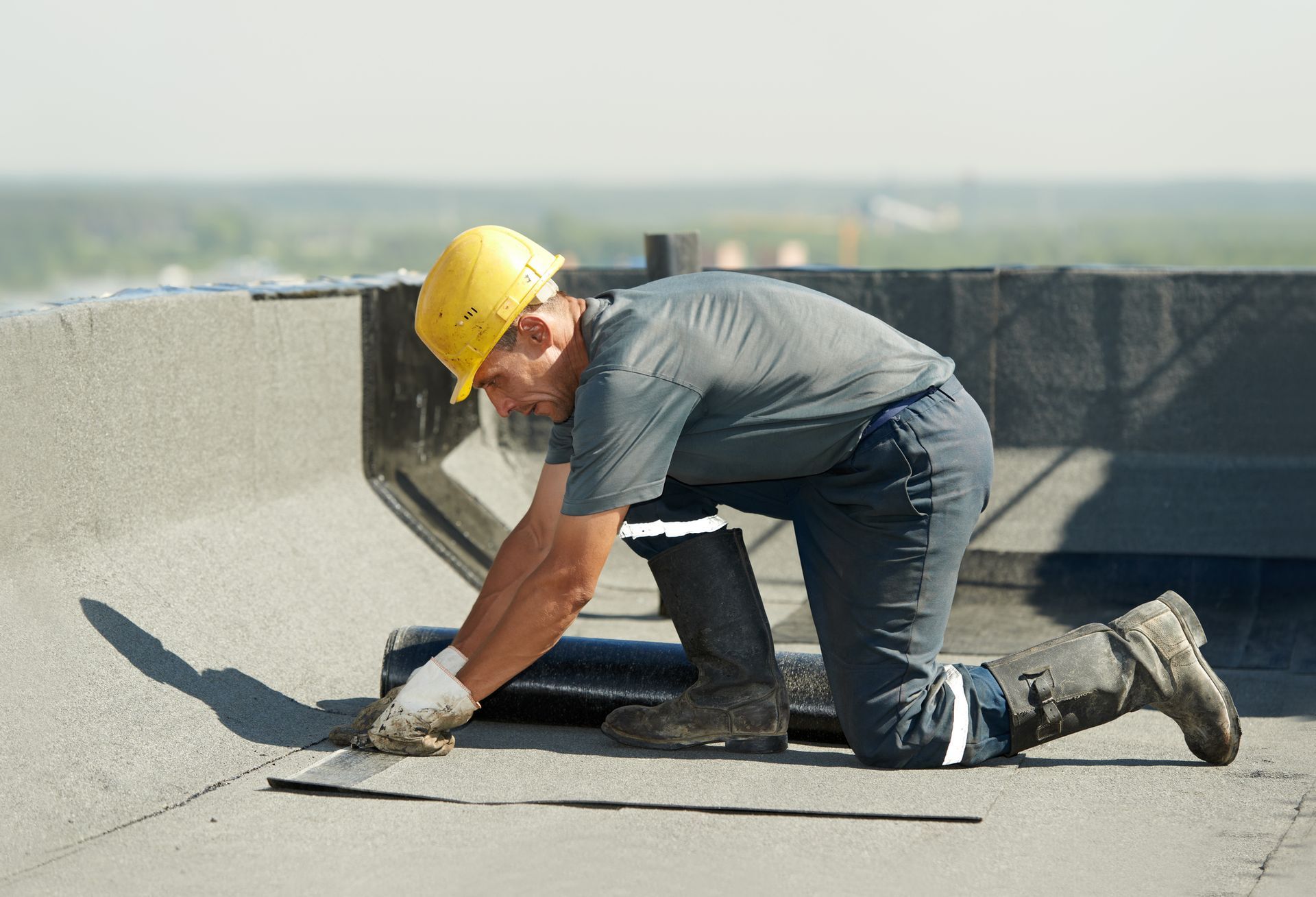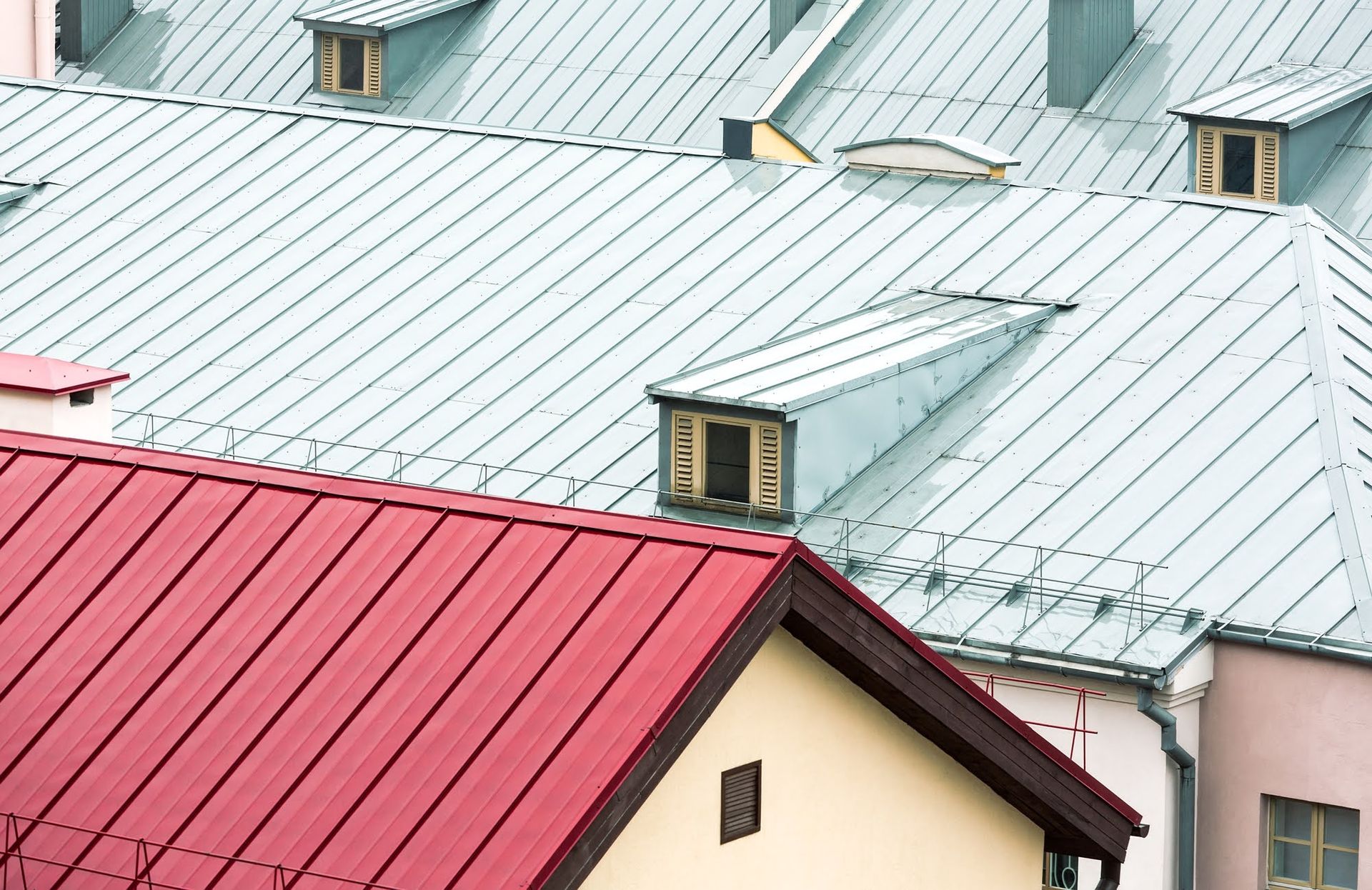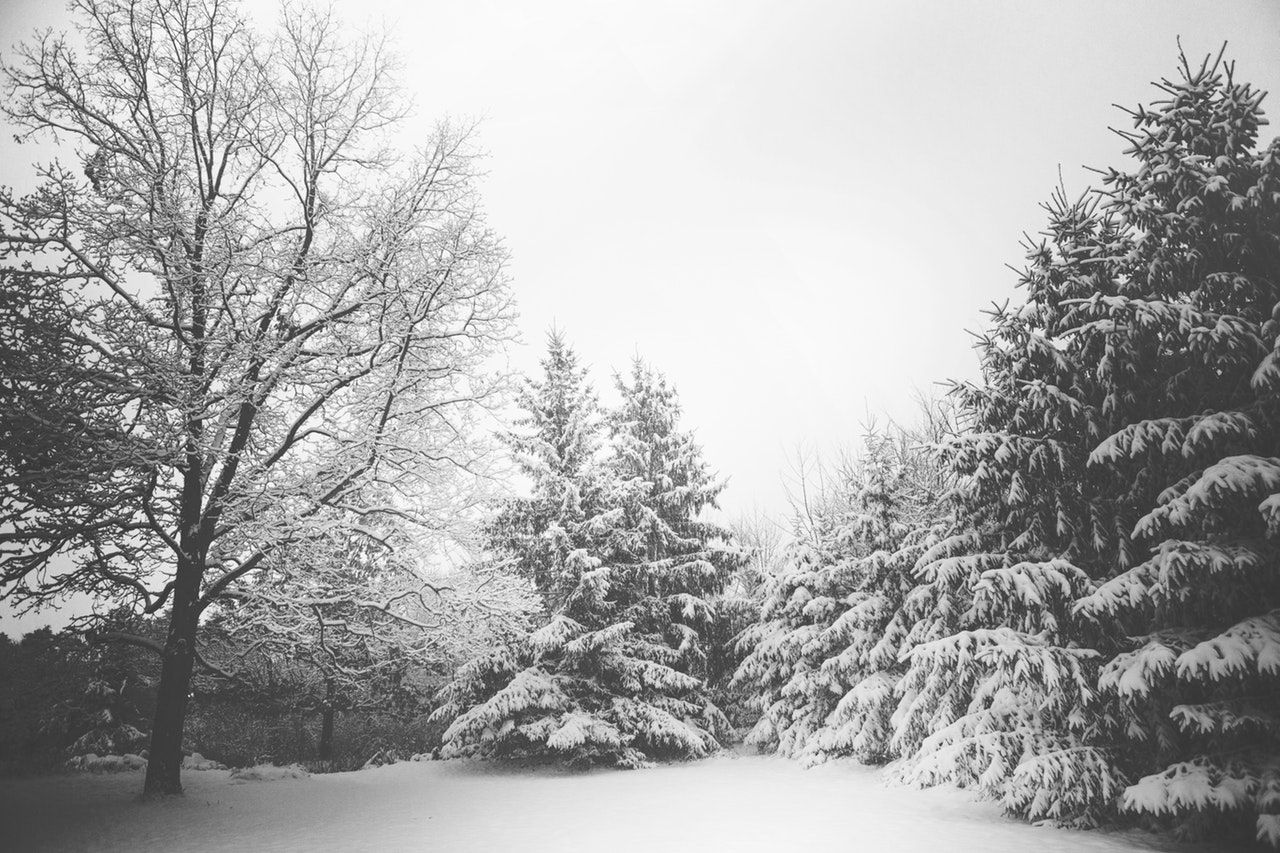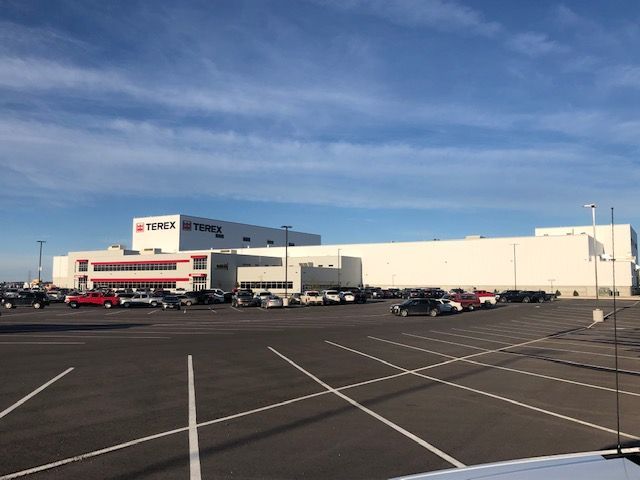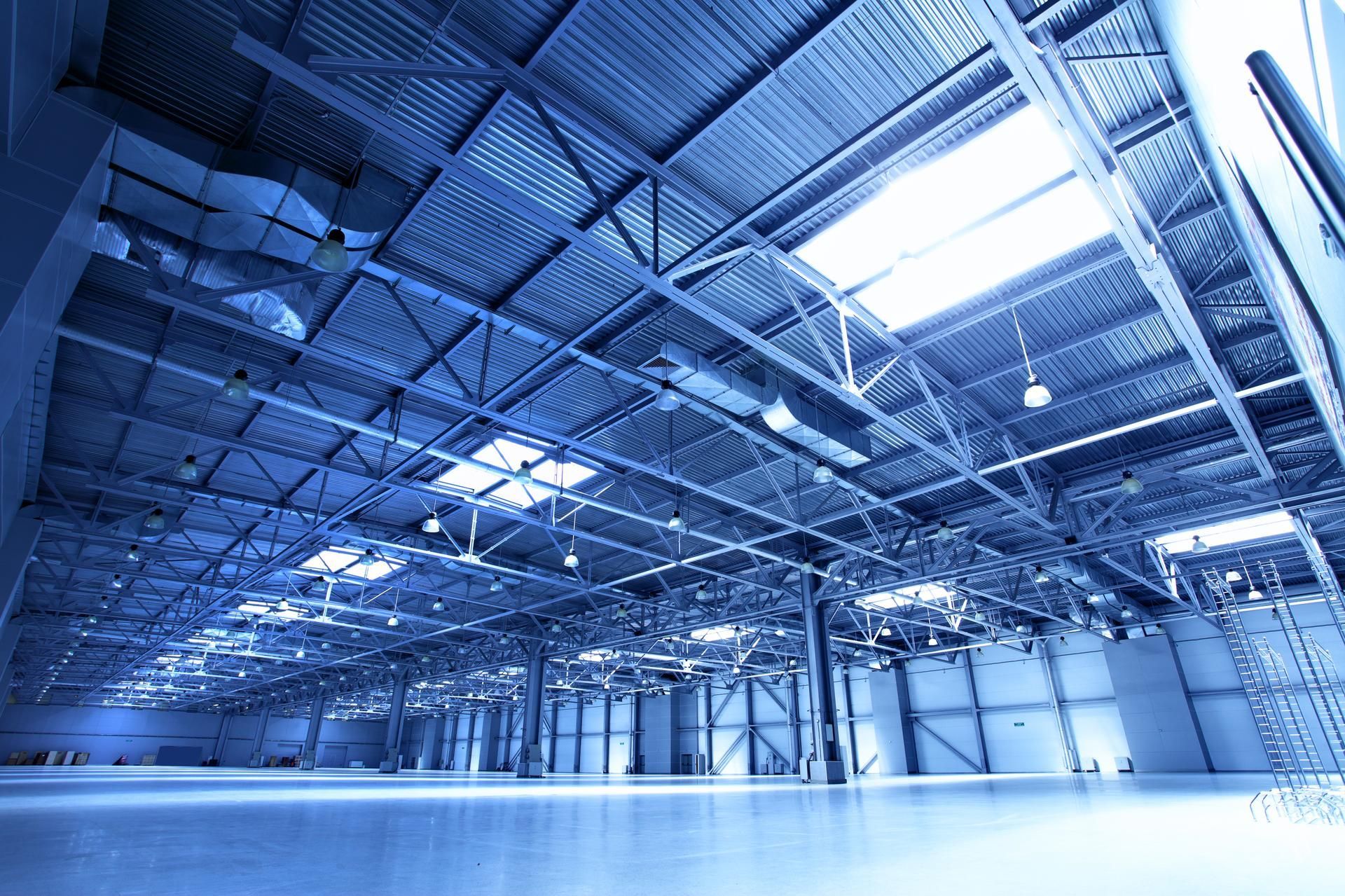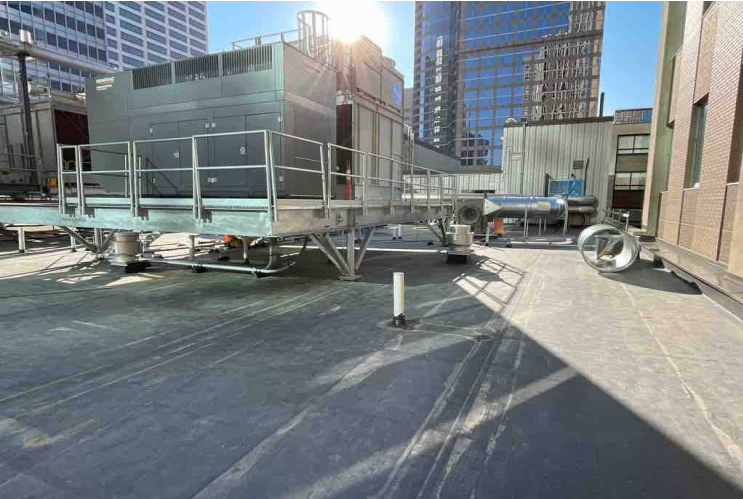4 Commercial Metal Roof System Options
 Metal roofs are great options for most commercial facilities. Metal roofs are energy-efficient, durable, and require little to no maintenance. In fact, the average metal roof can stay in great shape with little maintenance for up to 45 years
or even longer.
Metal roofs are great options for most commercial facilities. Metal roofs are energy-efficient, durable, and require little to no maintenance. In fact, the average metal roof can stay in great shape with little maintenance for up to 45 years
or even longer.
You should learn about all of your metal roof system options before you have a metal roof installed so you can ensure you choose a new roof that suits the needs of your business and your personal preferences.
Read on to learn about your 4 metal roof options you will have for your new metal roof.
1. Roof Deck Type
One important option you have when adding a metal roof to your commercial building is whether you would like it installed over battens or over a solid roof deck. A roof batten system consists of many boards with relatively large spaces between them that run horizontal across roof trusses.
A solid deck is typically composed of either plywood boards or oriented strand boards (OSB) placed closely together with minimal space between them, if any at all.
While metal roofs have been installed over battens for many years, moisture can accumulate on the back of metal roof panels installed over this roof support system. However, this moisture problem typically does not occur in large commercial buildings, such as warehouses and factories, which are not as airtight and do not have as many interior moisture sources as many smaller buildings and homes often do.
Installing your commercial metal roof over a solid deck can decrease the chance that your roof will develop a moisture problem and also create a stronger roof. When choosing a solid deck, you also have more roof options — while only very strong, structural metal roof panels can be installed over battens alone, both structural and non-structural (architectural) metal roof panels can be installed over a solid roof deck.
2. Roof Panel Design
Another important metal roof option you have is your roof panel design. There are three main types of metal roof panels: standing seam, corrugated, and ribbed panels.
Standing seam metal panels are popular in the commercial roof industry because they are the only metal roof panels that are connected together with a concealed fastener system. Exposed fasteners are weak points on a metal roof because water can penetrate through these fasteners. When fasteners are hidden within standing seams, water cannot seep through the fasteners.
In addition, standing seams strengthen a metal roof to help it withstand heavy weight loads, such as the weight of heavy snow, and help keep the roof airtight to prevent wind uplift of panels when they are subjected to high winds.
Corrugate and ribbed panels (R-panels) are also good options when constructing a metal commercial roof. However, all have exposed fasteners, which can lead to the need for waterproof membrane installation underneath these metal roof panel designs.
A waterproof underlayment can help keep the wood decking underneath these panels free from rot and mold growth that could occur if water seeps through their fastener systems often.
3. Metal Type
Several types of metal are used to create commercial metal roofs, including aluminum, steel, copper, and zinc. Steel and aluminum are more economical than copper and zinc, which leads to these two metals being the most popular commercial roof metals in use today.
Aluminum is lightweight and corrosion-resistant and has a high strength-to-weight ratio. However, since this metal is highly malleable, it can be prone to developing dents and dings more easily than harder metals.
Galvanized steel is strong, economical, and corrosion-resistant. In addition, since steel is such a hard metal, it does not dent easily. However, steel can be much heavier than aluminum, so keep this fact in mind when determining if it is suitable for your commercial structure.
Zinc and copper are durable metals that can help create a roof that stays in good shape for over 100 years with little required maintenance. However, both metals come with higher price tags than aluminum and steel. In addition, copper is a relatively soft metal that is prone to denting and expanding and contracting as outdoor temperatures fluctuate.
4. Panel Thickness
When designing your new metal roof, you will also have many roof panel thicknesses to choose from. The thickness of roof metal panels is typically expressed in a number that designates the metal gauge. The lower the metal gauge, the thicker the metal panels are.
While thicker metal panels are typically stronger than thinner ones, they do cost a bit more. Thicker metal roofs are less prone to buckling under the weight of a heavy snow fall and are much more difficult to damage during installation.
However, if your metal panels are being installed over a solid wood deck, you can choose thinner panels while still creating a relatively strong roof. On the contrary, if your metal roof is being installed over wood batting alone, you want to opt for thicker metal to increase the overall strength of your roof.
Keep these commercial metal roof options in mind as you decide what type of metal roof is best for your building. Contact the roof experts at Berwald Roofing & Sheet Metal for all of your commercial roof needs today.
The post 4 Commercial Metal Roof System Options appeared first on Berwald Roofing Inc.


